How we achieved dramatically good GCSE results in the poorest ward in London

Update: the 2014 GCSE results have put us in the top 10 in the country for 5 A*-C inc EM.
Excerpt of an article written by Max Haimendorf, the headteacher with whom I and a small group of teachers founded KSA Secondary in 2009.
Five years ago, parents in our community took a leap of faith by sending their children to a new type of school that was completely unproven. Our first GCSE results confirm that their faith was well placed. Our pupils are climbing the mountain to university.
King Solomon Academy’s GCSE results are the culmination of years of hard work since the school welcomed its first secondary pupils in 2009. This summer, these pupils achieved the school’s first GCSE results: 93 per cent of pupils achieved five GCSE grades A*-C including English and Maths, and 75 per cent achieved the English Baccalaureate. These results are dramatically higher than national averages even though 75 per cent of our pupils are eligible for the pupil premium, and the school is situated in the ward with the highest deprivation affecting children in London.
>> Read more on the TES website
 Click the image to take you to the Schools Week article on league tables.
Click the image to take you to the Schools Week article on league tables.
Other posts relating to our GCSE results in 2014
Toby Young of West London Free School – The school that proves Michael Gove is right
Mark Lehain of Bedford Free School – No ifs, no buts – what we can learn from Outliers & outliers
The Times – Academy celebrates a GCSE first
Ham and High – GCSE results 2014: Monumental day for King Solomon Academy
Guardian Witness – ARK’s King Solomon Academy post first ever GCSE results 93% get 5 A*-C
A selection of KSA teachers past and present to follow on Twitter
** Founding teacher, formerly at KSA

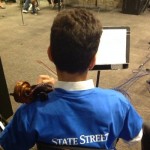
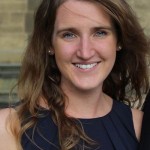



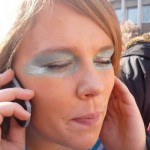
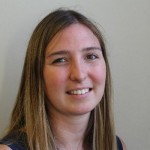
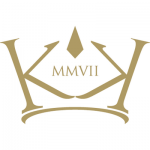


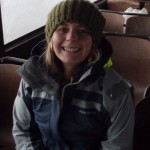
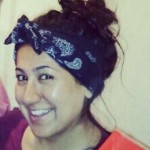



This is very encouraging – I am currently a student teacher in a similar school (a stones throw from my house-literally!), and I love the concepts from Mr Reddy to move their education forward – in Maths, the students are on average 2 years behind the state average.
The school has just installed Google Apps for Education, I’ve just bought a Chromebook (Acer C720P), and my background is in Information Architecture and business process management (SharePoint/Nintex) in large organisations.
I am very luck to have found this forum, and will try and actively contribute – plus if there is any public domain documents I can use to present to the Principal and School Council (Australian for “committee of elected parents who decide on the non-Pedagogical running of the school with the Principal”).
I see getting the mix of technology, process and participation being key (I’ve spent the last 14 years of my ‘other life’ career doing this for corporations), to achieving the desired learning objectives – I see Google Apps for Education allowing school to do more with the resources they have.
I’m currently studying online (of course! – “eat my own dog food”) through Charles Darwin University (Graduate Diploma in Teaching and Leaning), and I can see this model of online participation as very attractive to the budget bureaucrats in government – there are 900 students on my course, with 2 lecturers, and a mountain of often hard to find material online – but this would not translate to a ‘flipped classroom’ in any sense of the word.
Hope to interact further with this group, and very excited about the future!
Steve Hunter
I would like congratulate u but I have one question . The cohort size was about 54 according to Dfe data , why such a small cohort size ? Most schools have to contend with about 200 + kids , Are results due to maths mastery or do you happen to have 2 outstanding teachers (I’m estimating 2 teachers based on your cohort size ) . What other resources were used in terms of staff